The giving of hongbao is one of the most iconic traditions during Chinese New Year in Singapore.
It is a token of good luck and blessings…
and the money placed inside the paper packets are usually crisp new notes or so-called “fit-for-gifting” used notes that are in suitably good condition.
About a month before Chinese New Year each year, the Monetary Authority of Singapore (MAS) announces the dates that selected banks would have these notes available for exchange.
UOB designated 19 ATM locations, 17 for new notes and two for fit-for-gifting notes, in 2024 for withdrawal from Jan 24 till Feb 6.
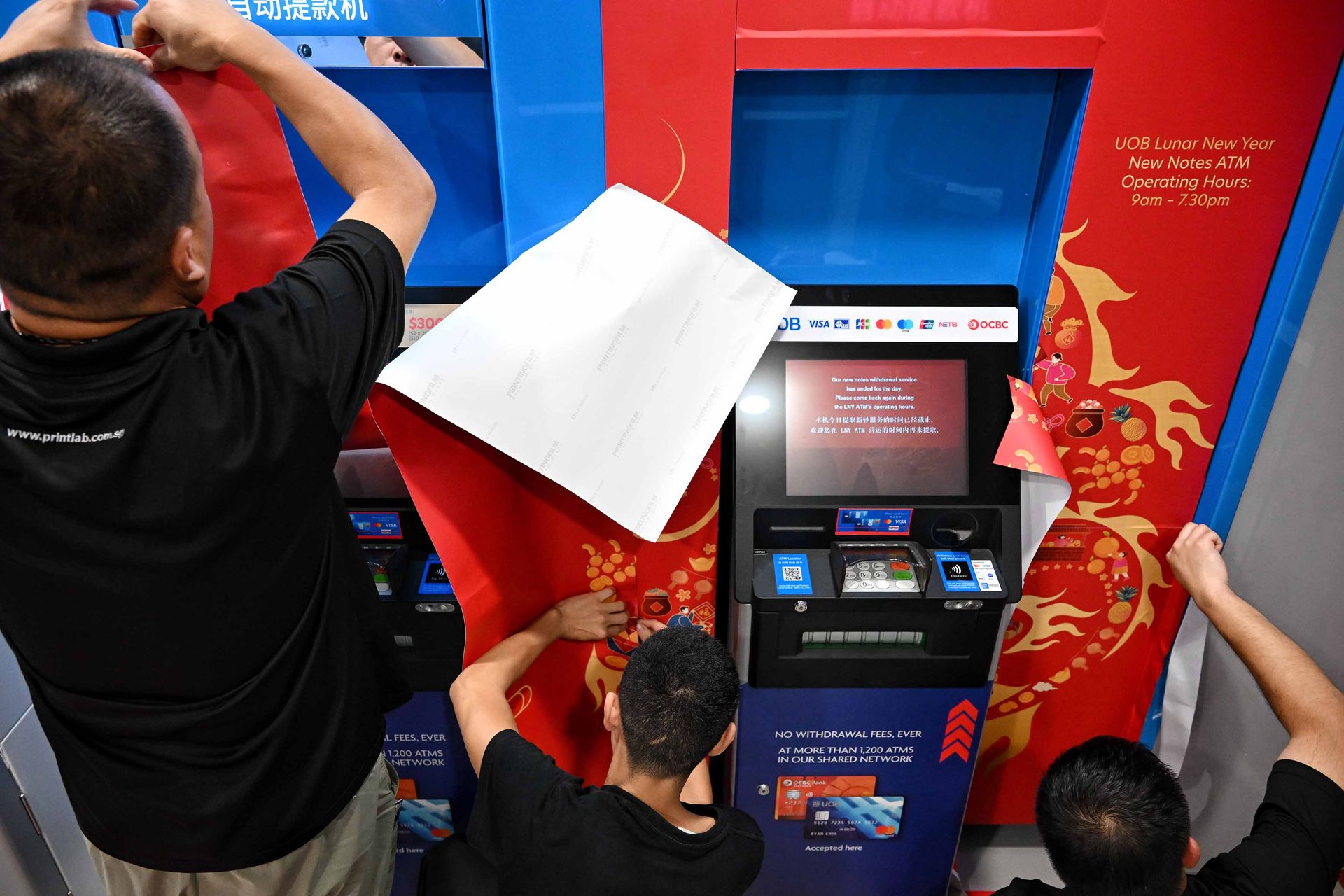
On the first day when fresh $2, $10 and $50 notes were made available, the selected ATMs were toggled to “Chinese Year New mode”, limiting customers to two withdrawals per ATM card or debit card a day.
Six options in fixed sets for each denomination or a combination of denominations are available for withdrawal: 50 pieces of $2 notes, for instance, or 10 or 16 pieces of $50 notes.
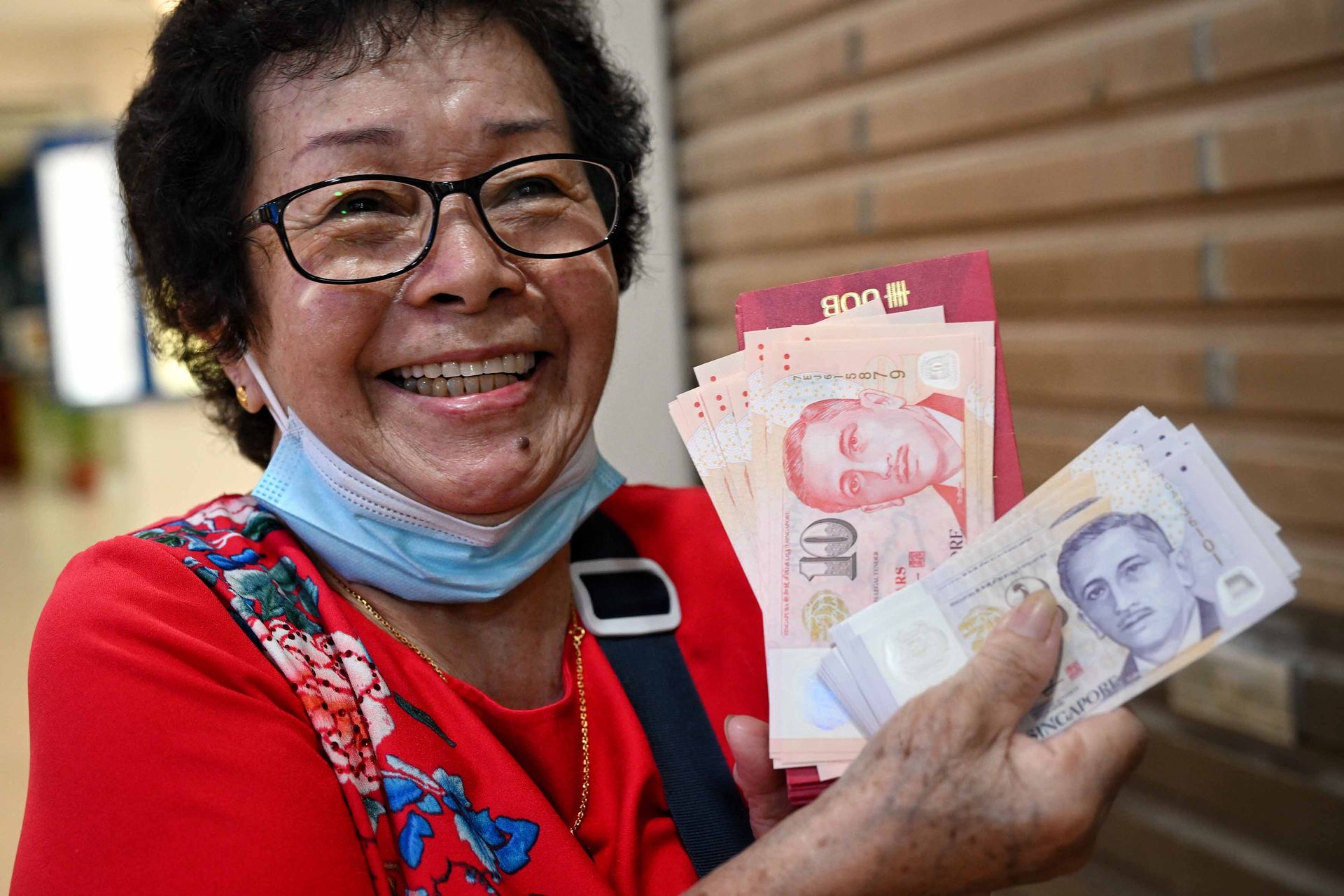
The $2 notes are offered at the special UOB ATMs only during CNY.
On the first day, about 10 people were already in the queue by 8.30am at the bank branch in Fu Lu Shou Complex, where two ATMs dispense new notes between 9am and 7.30pm.
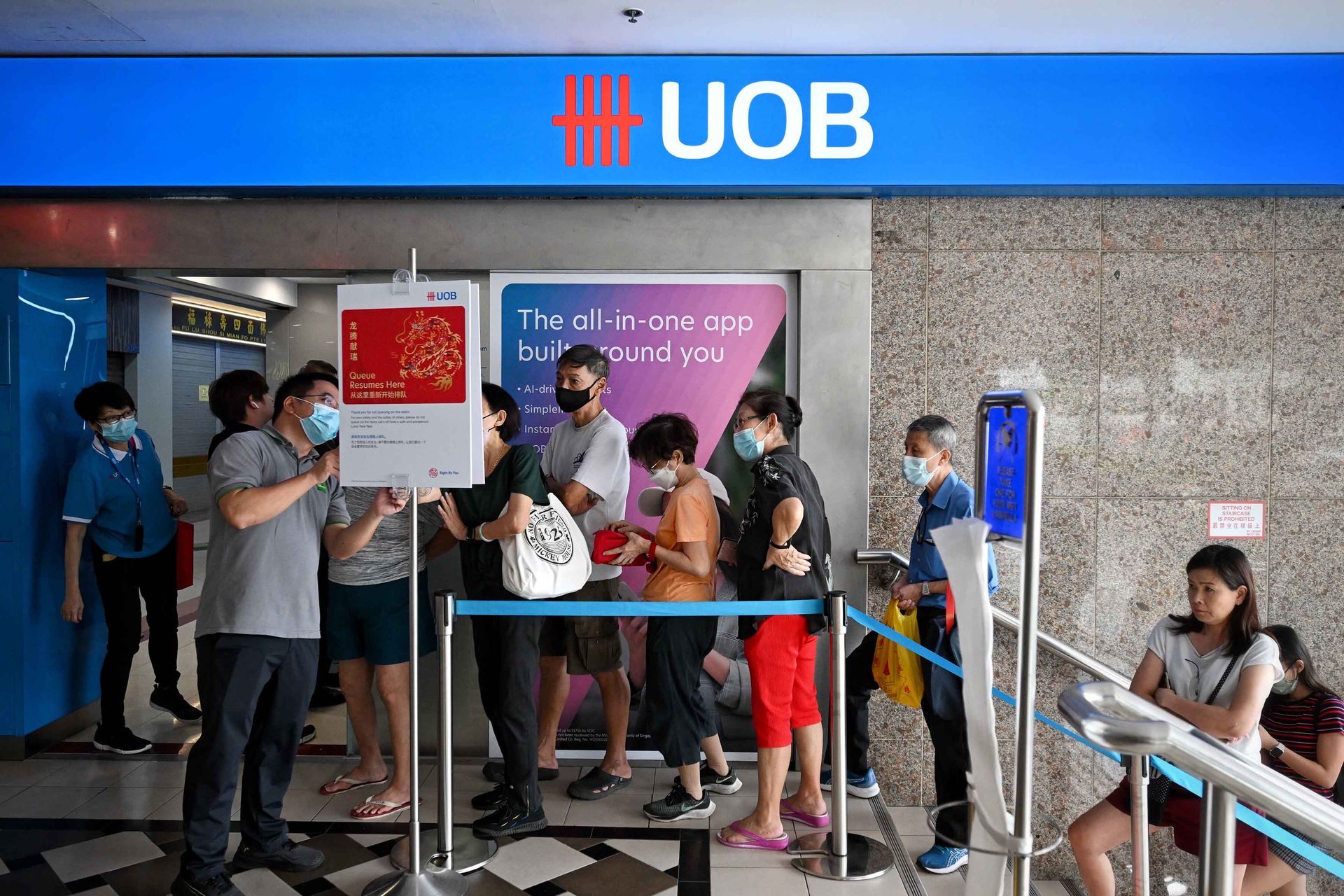
The crisp new notes are first prepared by security services company Certis, which repacks the notes received from MAS into special cassettes.
Employees at Certis’ cash processing centre have to wear pocketless overalls that are locked at the collar which only security guards can open.
Staff are thoroughly checked as they leave, to make sure no theft has taken place.
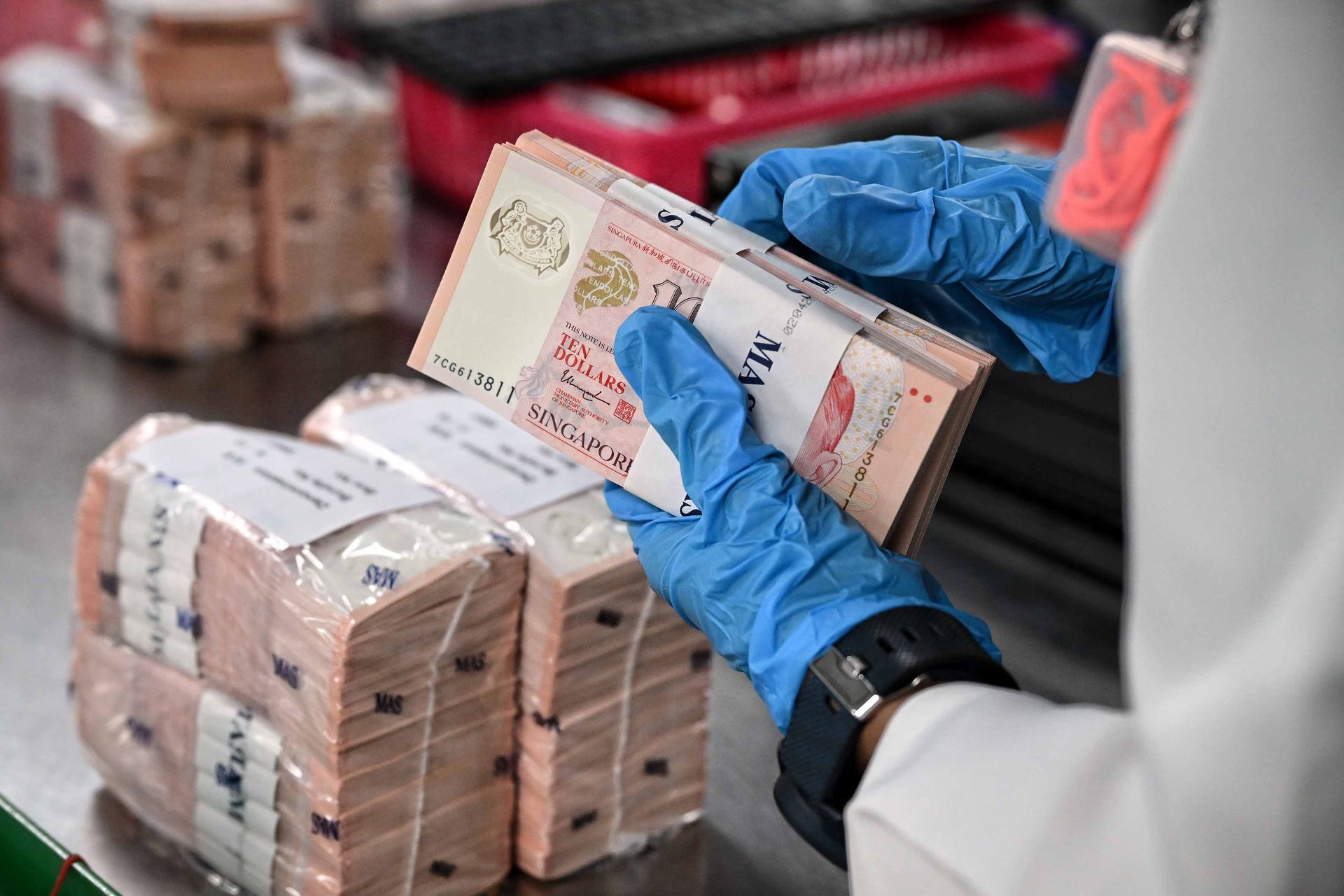
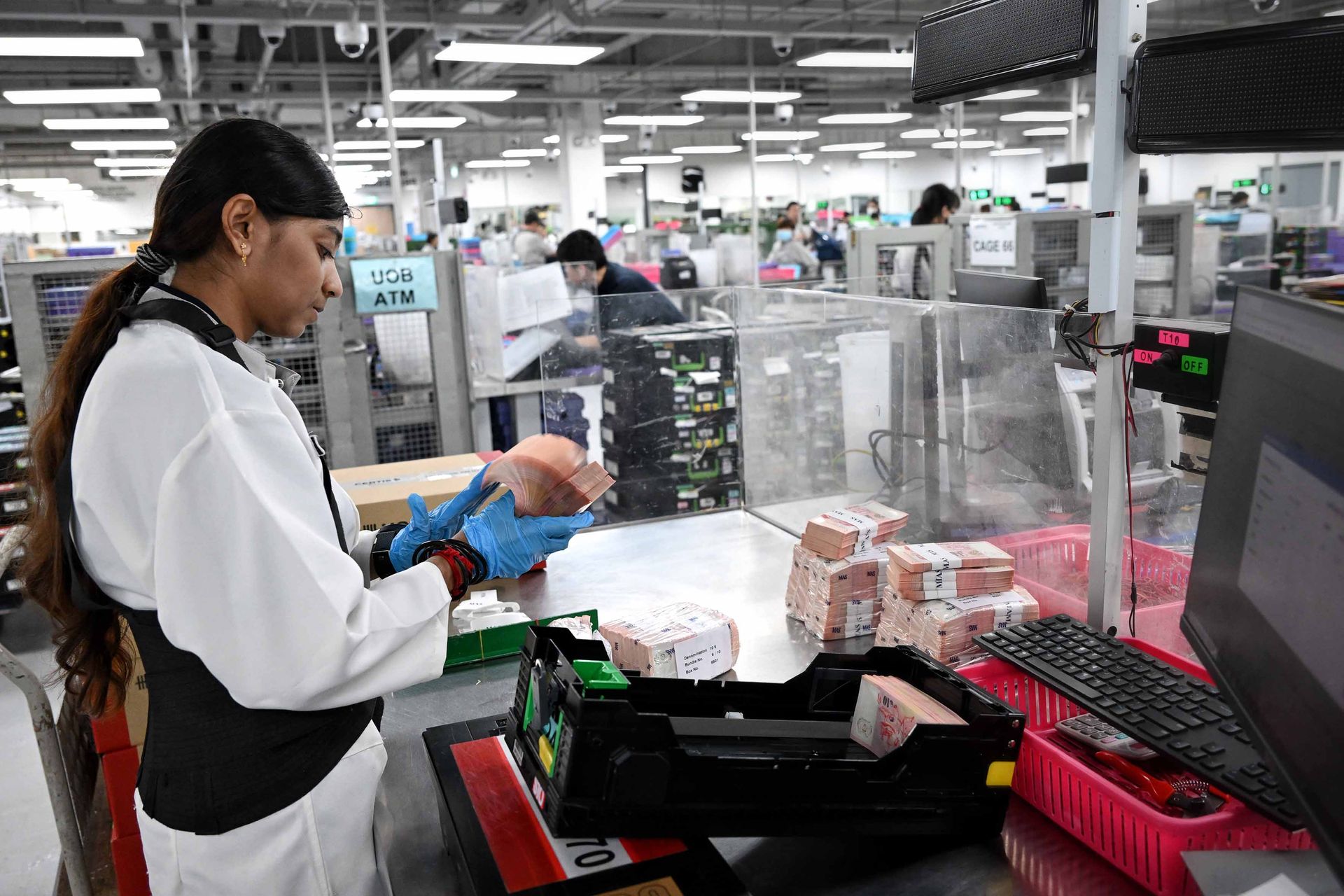
The ATM cassettes are separated by denomination and loaded onto vans that make their rounds to replenish various ATMs around the island.
Each vehicle is fitted with a GPS Global Positioning System device and the Certis Secure Logistics Operations Monitoring Centre tracks their entire route.
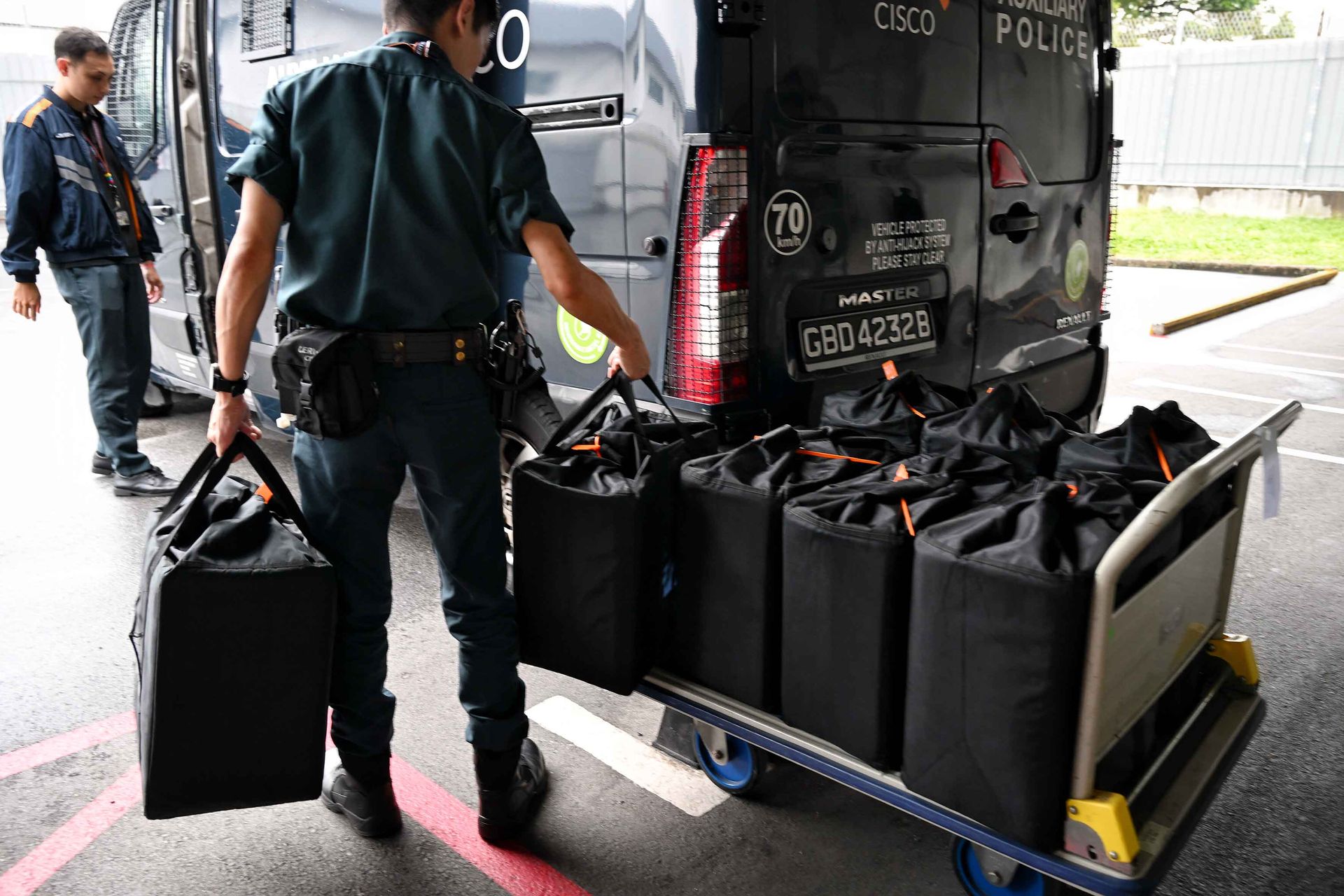
If an ATM runs dry, UOB informs Certis to send new cassettes of cash.
At the same time, UOB has a dedicated public website that tracks the note levels of the special ATMs, with green denoting a healthy stock, yellow for low, and red to notify customers that the notes have run out.
Cash replenishment involves a minimum of two Certis officers (below) – a transaction officer switches out the empty cassettes for new ones, while a guardsman stands by the side to make sure the process goes uninterrupted.
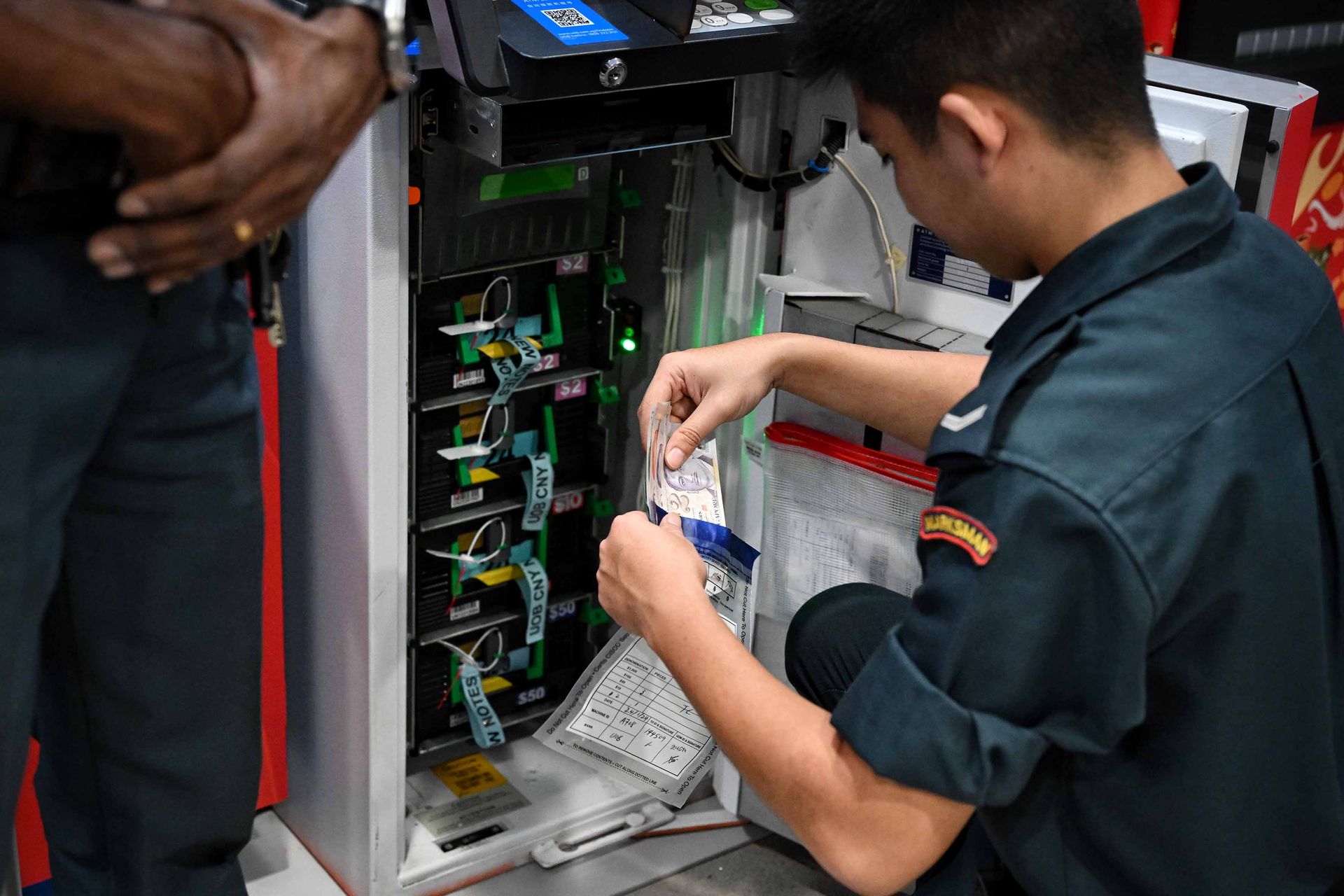
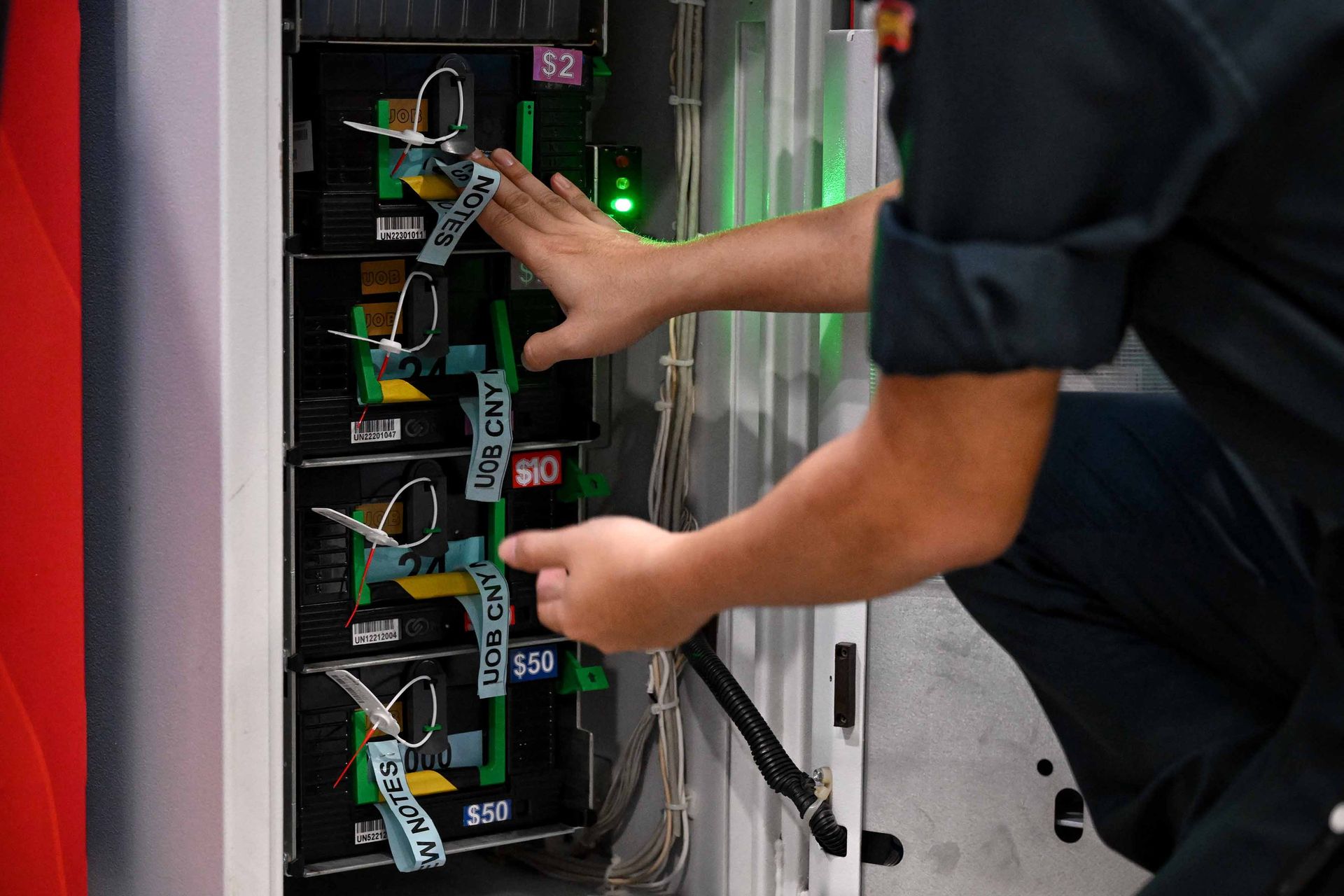
While the loading and transportation of the cassettes are under Certis’ responsibility, UOB makes sure that the ATMs are in order.
Since usage is higher during this period, each ATM is cleaned around 10 times a day, twice as often as on a normal business day.

Field engineers from an ATM maintenance vendor are also on standby around the island, and they are activated if the machines encounter any problems, such as stuck notes.
The occasional misaligned cassette or notes are too tightly packed together – an issue usually associated with new notes – can be behind such problems.
CLOSED FOR THE DAY
These special ATMs are shut off at 7.30pm for checks and new notes to be topped up for the next day.
During this period, UOB stations digital advocates at its branches that are dispensing new and good-as-new notes to not only assist customers, but to encourage them to adopt the more environmentally friendly option of giving electronic hongbao.
Carbon footprint of new notes
Around 100 million new notes are issued annually for festive gifting. A majority of these notes are used only once and then deposited into bank accounts after Chinese New Year. While most of the returned notes are recirculated to meet public demand, such as to replace unfit notes, the volume of returned notes far exceeds replacement needs. The excess notes are subsequently destroyed.
According to MAS, issuing these excess new notes annually results in unwarranted carbon emissions equivalent to powering 430 four-room Housing Board flats annually. It requires planting 10,000 new trees to offset these emissions.
Last Chinese New Year, over 11 million pieces of fit-for-gifting notes were exchanged by members of the public. This resulted in emissions savings equivalent to the annual emissions from powering about 220 four-room flats.